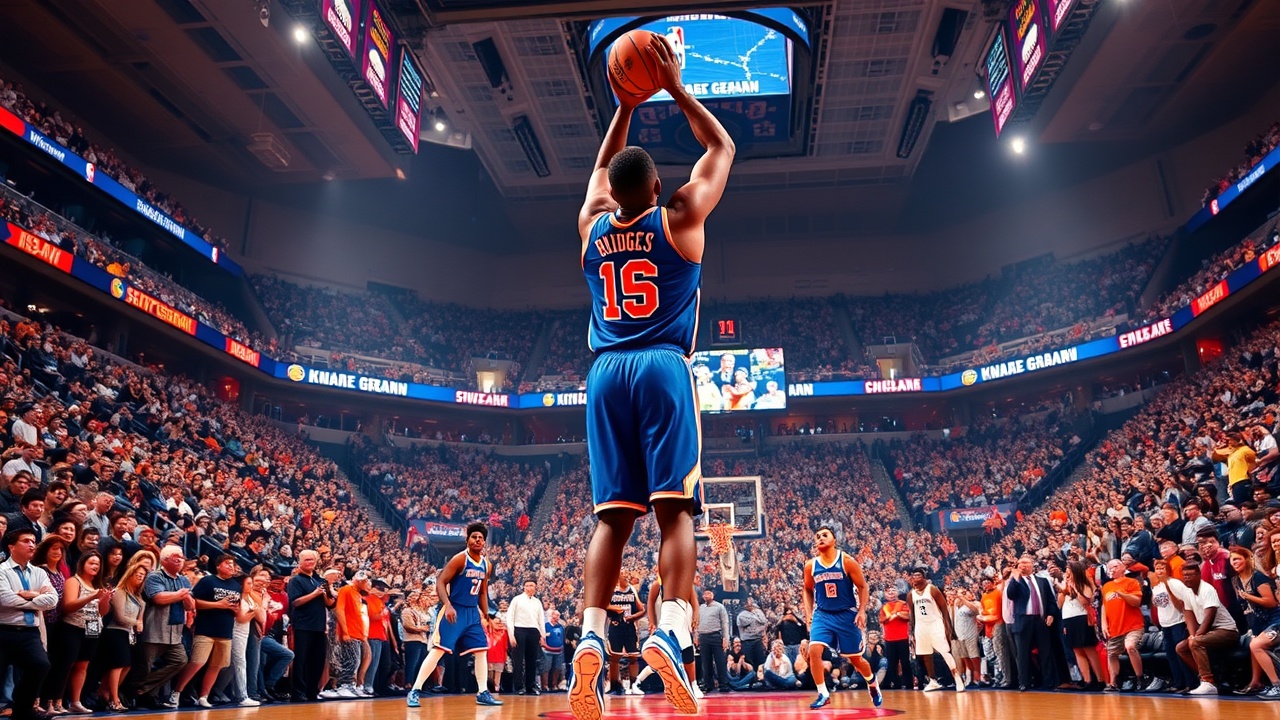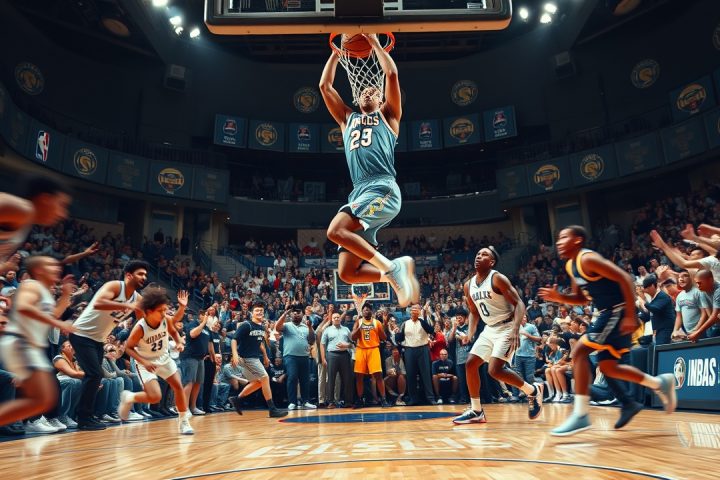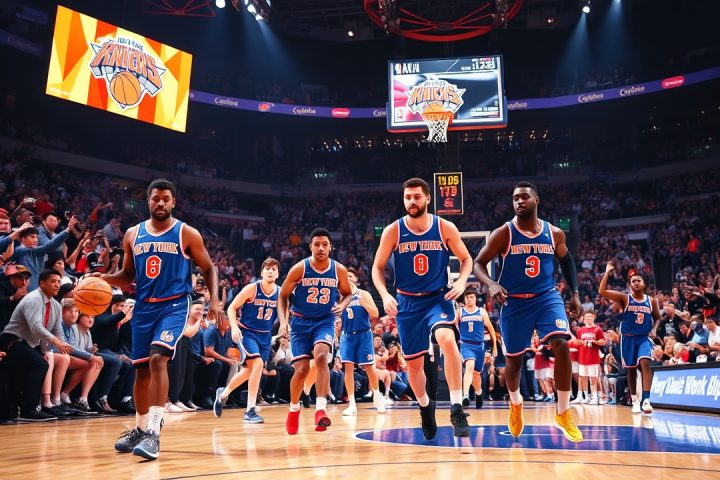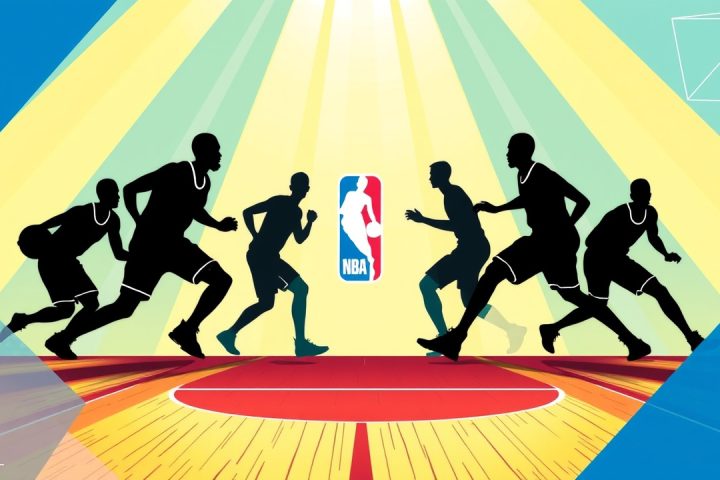The Future of Mikal Bridges with the New York Knicks
Beginning July 6, the New York Knicks find themselves at a crossroads regarding Mikal Bridges, having the option to extend his contract up to four years for $156 million. They have until June 30, 2026, to make this decision, just a day before he becomes an unrestricted free agent. The team’s President, Leon Rose, has approached similar situations in the past—either signing key players to extensions, as he did with RJ Barrett and Jalen Brunson, or trading them to avoid losing them for nothing, a strategy he employed with Immanuel Quickley and Julius Randle. This sets the stage for a crucial period regarding Bridges’ future with the team.
Bridges’ Impact and Performance
Bridges joined the Knicks last offseason through a trade that required giving up four unprotected first-round picks, a protected first-round pick, and a pick swap. This deal was seen as a significant move, especially since Bridges, a standout 3-and-D player and former college teammate of Brunson, was expected to deliver high performance amidst hefty expectations.
During his first season, although he showcased promise, he often fell short of the high standards set by the franchise, particularly when it came to harnessing his full potential within the team’s dynamics.
Coaching Changes and Future Considerations
Following their disappointing exit from the Eastern Conference Finals, the Knicks made a notable change by parting ways with head coach Tom Thibodeau. His approach seemed not to fully leverage the roster’s capabilities, which may have been particularly true for Bridges, who sometimes appeared disoriented within the offensive scheme and publicly criticized Thibodeau earlier in the season.
Now, with the possibility of a new coach on the horizon, the Knicks are weighing whether to retain Bridges for another season in hopes of better alignment or explore trading options that could bring a better fit.
Bridges’ Statistical Highlights
Last season, Bridges averaged 17.6 points, 3.2 rebounds, and 3.7 assists while shooting an impressive 59.4% from two-point range and 35.4% from beyond the arc. He maintained an ironman streak by playing all 82 games, averaging a career-high 37 minutes.
In the playoffs, he contributed 15.6 points, 4.5 rebounds, and 2.9 assists, again appearing in every game but struggled with his shooting percentages. While he excelled at mid-range shooting and proved to be a reliable defensive asset as the season progressed, certain aspects of his game, such as his reluctance to drive to the basket and a drop in three-point shooting efficiency, raised concerns.
Potential for Growth
Despite these challenges, Bridges’ previous experience as a reliable shooter suggests he could still improve, especially with adjustments to his shooting technique and a more aggressive offensive role. Under Thibodeau, his potential was somewhat stifled, as the system did not cater well to his playing style. That said, Bridges’ contributions, particularly in clutch situations during the playoffs, showed glimpses of his value to the team.
Fostering Bridges’ development while assessing the overall team structure could lead to a prudent decision for the Knicks. As they think about the future, managing the roster around Brunson and identifying a suitable shooting guard would also play a significant role in any trade talks involving Bridges.
Trade Considerations and Future Outlook
The market could present opportunities for a two-for-one trade, adding depth at the potential cost of ceiling, yet the option of retaining Bridges as a key contributor remains appealing. If teams like Milwaukee or Phoenix view Bridges as part of a larger package deal involving their star players, the Knicks might have to deliberate seriously before moving him.
Overall, though Bridges was not obtained for what would equate to five first-round picks, the Knicks must consider his long-term value as they chase a championship. While nothing should be ruled out, Bridges appears to have the potential to be a significant asset moving forward in New York’s quest for success.




